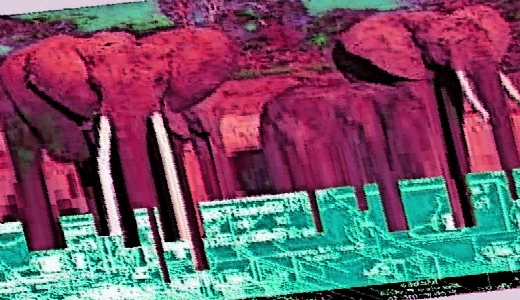BY LETTER
Biont Encoding Protocol
Technology > Technology Levels > High Tech / Hitech
Culture and Society > Cultural Factors > Knowledge and Information
Technology > Application > Software
Technology > Technology Type or Material > Virtual/Infotech
Culture and Society > Cultural Factors > Knowledge and Information
Technology > Application > Software
Technology > Technology Type or Material > Virtual/Infotech
 Image from Steve Bowers |
A Biont Encoding Protocol, or 'BEP', is a systematic way of encoding a biological physical structure into a software emulation of that biological structure. It is typically designed to prevent loss of information deemed valuable to the function of the biont it encodes, and almost always includes significant detail data on the brain and nervous system analogues of the biont, if applicable.
A few of the Sephirotics have their own preferred BEP format. The Biovirate's BEP formats are often considered the most broad-ranging in descriptive capability, and because of this many of them continue to be used despite the defeat of the Biovirate in 6009 A.T. Those of the Zoeific Biopolity are similarly broad-ranging. The BEPs of the Negentropics are highly compressed in a truly loss-less manner. Most Sephirotics use multiple BEPs, often specialised in various ways, for example:
- Non-sophonts vs sophonts.
- To-be-virched versus to-be-reconstructible.
Most BEP's are modular, using different internal encoding methods for different portions or subsystems of the subject biont (for example, far less data is typically required to describe a bone than a brain). It is also not uncommon for BEP's to have templates for generic members of specific species or other generalised groups of bionts, allowing the amount of data required to encode a specific individual to be reduced.
Some variants of Biont Encoding Protocols only include enough data to replicate the mind-state of the biont in question (assuming 'mind-state' has meaning in relation to the given organism). Others are full replication templates for nanotech reconstruction of the biont. Others are yet more modular, describing, for example, how nerves are constructed in general, then the routing of the nerves for a given species and individual.
In some polities the physical construction of the bionts who live there has been modified to allow that polities BEPs to be used on them in the most optimal manner.
Related Articles
- Upload
- Uploading Technology, The Early History of
- Virbiology - Text by M. Alan Kazlev
[1] The study and science of alife.
[2] Study of organics as simulated in a virtual environment.
[3] Cybercosm biology and ecology.
Appears in Topics
Development Notes
Text by Tony Jones
Initially published on 17 January 2006.
page uploaded 17 January 2006, last modified 23 December 2007
Initially published on 17 January 2006.
page uploaded 17 January 2006, last modified 23 December 2007






